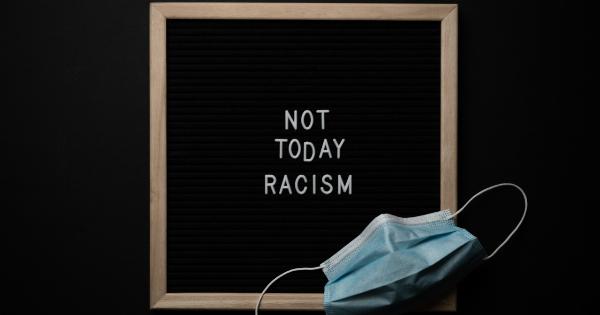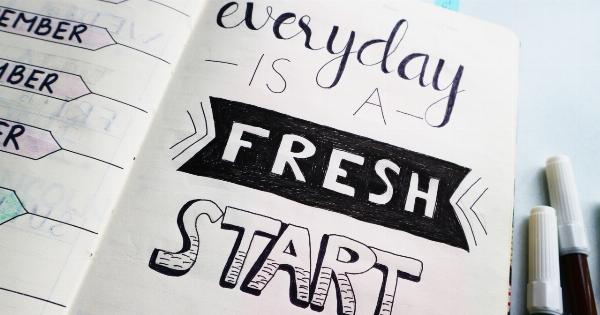It’s that time of year again. The leaves are changing, the temperatures are dropping, and the sniffles are starting to set in. That’s right, cold and flu season is upon us.
In this article, we’ll be discussing the earliest signs of a cold and how to fight them off before they get worse. So, grab a cup of hot tea with some honey and let’s dive in!.
What are the earliest signs of a cold?
The earliest signs of a cold can be easy to miss, but they’re crucial to catching and treating it early on. Here are a few things to look out for:.
1. Scratchy throat
That feeling when you swallow and it feels like you’re swallowing sandpaper is one of the first signs that you might be coming down with a cold. Your throat can feel raw and sore, especially when you first wake up in the morning.
2. Runny or congested nose
Another early sign of a cold is a runny or congested nose. You might start to notice that you’re blowing your nose more often than usual or that your nose is starting to feel stuffy. This can be accompanied by sneezing.
3. Fatigue
Feeling more tired than usual, even after a good night’s sleep, can be a sign that your body is fighting off an infection, such as a cold. You might also feel achy or have a headache.
How to fight off a cold in its earliest stages?
The good news is that there are things you can do to help your body fight off a cold in its earliest stages. Here are some tips:.
1. Rest
One of the best things you can do for your body when you’re starting to feel run down is to rest. Try to get at least seven to eight hours of sleep each night and take it easy during the day if you can.
Don’t push yourself too hard, and listen to your body when it tells you that it needs a break.
2. Hydrate
Drinking plenty of fluids is essential when you’re fighting off a cold. Water, hot tea, and broth-based soups can help keep you hydrated and loosen up any congestion you might be experiencing.
Avoid sugary drinks, sodas, and alcohol, as they can dehydrate you and make your symptoms worse.
3. Take over-the-counter cold medicine
If you’re experiencing symptoms such as a runny nose or congestion, taking over-the-counter cold medicine can be helpful. Look for medication that contains decongestants, antihistamines, or pain relief such as ibuprofen.
4. Use a humidifier
Dry air can make cold symptoms worse, so using a humidifier in your bedroom can help keep your nasal passages moist and clear. This can make breathing easier and help you sleep better.
When to see a doctor?
While most colds will go away on their own within a week or two, there are some cases where you should see a doctor. Here are some signs that you should seek medical attention:.
1. Persistent fever
If you have a fever that lasts for several days or is higher than 101 degrees Fahrenheit, it’s time to see a doctor. This can be a sign of a more serious infection, such as the flu or pneumonia.
2. Worsening symptoms
If your symptoms are getting worse instead of better after a few days, it’s time to see a doctor. This can be a sign that your body needs some extra help fighting off the infection.
3. Trouble breathing
If you’re having trouble breathing or your symptoms are making it hard for you to catch your breath, it’s time to see a doctor. This can be a sign of a more serious respiratory infection.
Conclusion
Catching a cold early and knowing how to fight off its earliest symptoms can help you feel better faster and avoid more severe symptoms. Remember to rest, hydrate, and take over-the-counter medication as needed.
And, if your symptoms persist or worsen, it’s time to seek medical attention. Stay healthy this cold and flu season!.


























